Sri Lanka is a small island nation in Asia in the Indian Ocean, near India. The well-known facts about Sri Lanka is a beautiful large tea plantation.
One of Sri Lanka’s most famous exports besides tea are spices and herbs. The majority of these come from the southern region of Sri Lanka where they grow wild or on plantations. It’s been said that there are over 800 types of spices found here! These include curry powder, chili powder, cardamom pods and cinnamon sticks just to name a few of Sri Lankan Spices.
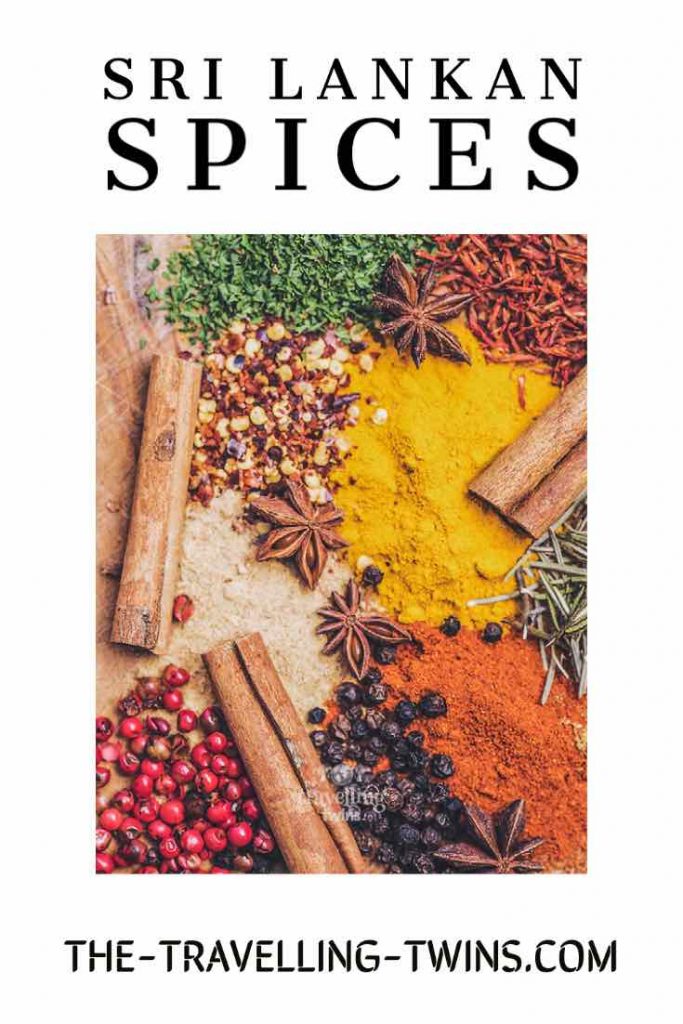
Cinnamon
Sri Lanka’s ‘Ceylon Cinnamon’ is world-renowned for its unique flavour, colour and aroma compared to Cassia. Cinnamon is used as a food preservative and later for its natural flavouring properties. Sri Lanka is the source of 90% of the true cinnamon exported around the world.
It also possesses medical properties to treat chronic diseases such as diabetes and cancer. In addition, Ceylon Cinnamon contains anti-inflammatory properties and is highly sought after by the world and is widely exported to the major markets of Sri Lankan consumers. Cinnamon has a sweet fragrance and is often used in food preserves, flavoured teas and meat preservation.
Do you know that cinnamon grows on a cinnamon tree
Sri Lankan cinnamon is a strong flavour that can be pretty bitter, but it has also been known to have sweet undertones.
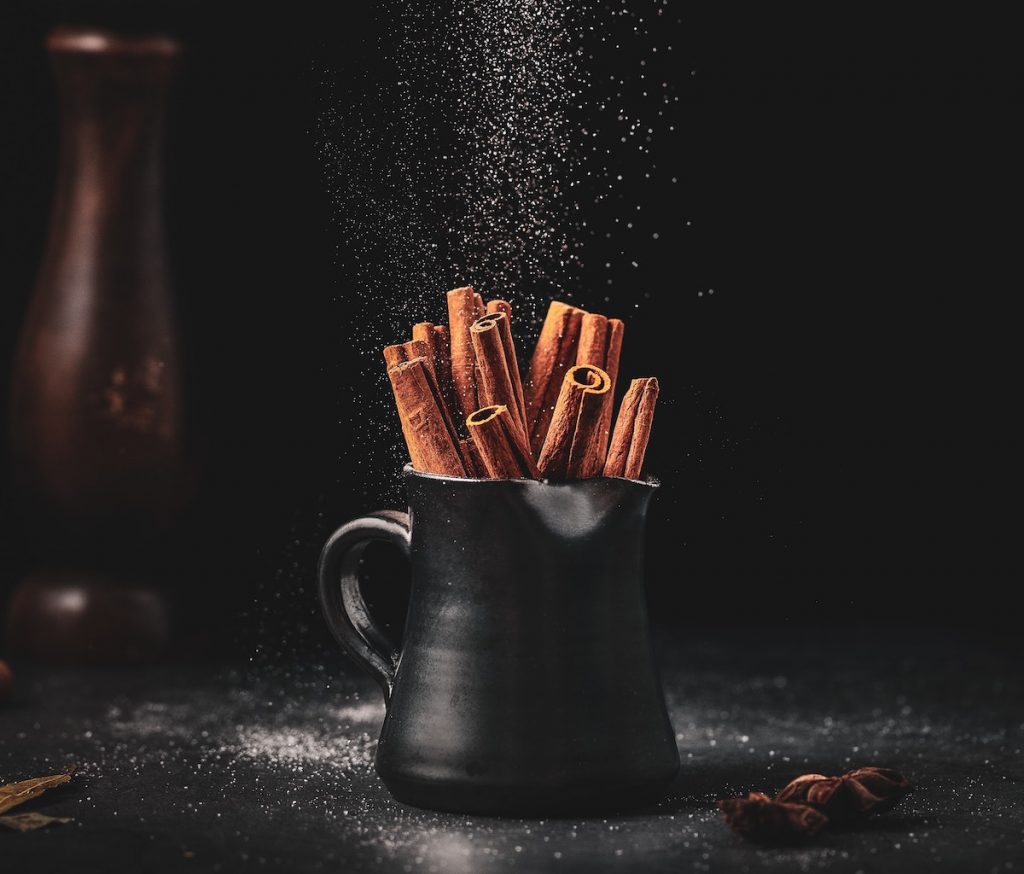
Black Pepper
Black Pepper has the second-largest spice presence in Sri Lanka and the third-largest market in the world. The single biggest producer is Vietnam Island Phu Quoc. Pepper is as well very popular spice growing in Zanzibar.
Pepper’s sharp aroma and mildly spicy flavour often let it substitute for chillies. Pepper is ripe with medicinal properties and often used in massages or other natural treatment methods. You can use pepper to treat soreness, pain, inflammation, anaemia, skin infection, muscle relax especially if you will get a massage with pepper oil.
When we were Sri Lanka I saw lots of pepper plants growing along the side of the road. but only when we visited Spice farm I learn to recognize pepper plant plus I learnt about pepper.
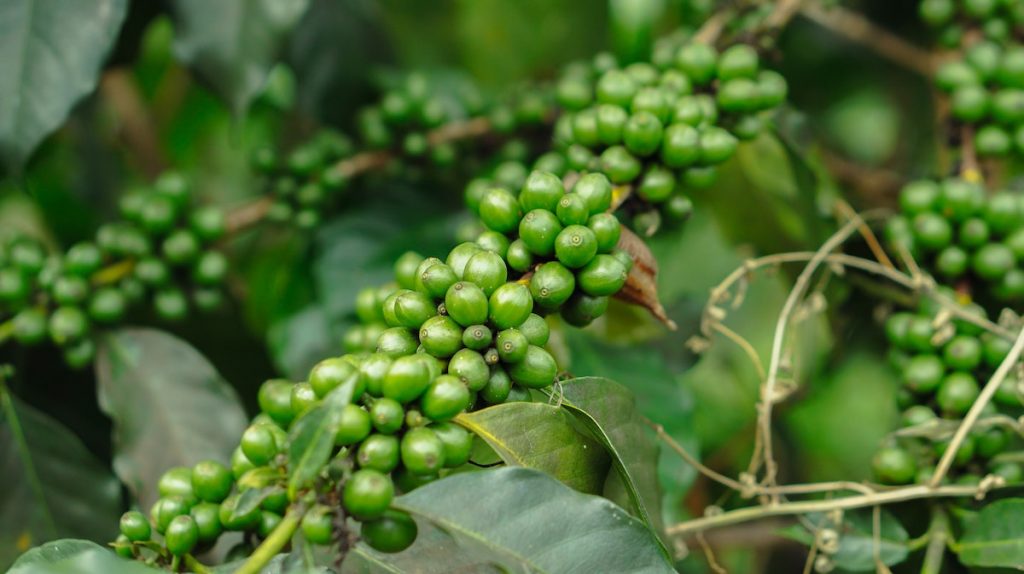
Cloves
Sri Lankans add cloves to rice as a flavoring agent, adding a couple of sticks to the cooking water. For curries, cloves are roasted in ghee, they can be added to beef curry or rice porridge for breakfast to warming tea after dinner. Clove is a natural antibiotic, and oil is naturally found in oil.
Cloves were first thought to be true pepper-spices because they come from an evergreen tree with peppercorns growing off its branches, but there is no relation between them! The clove plant itself grows about 50 feet tall so that natives can climb up into the trees by knotting ropes around their ankles if necessary – (just like Tarzan!) Beyond being delicious spices for food or drink throughout history; one would have known better than
Cloves are an excellent anaesthetic that helps kill bacteria and numbs pain when placed and crushed on an aching tooth. When traveling, we always have with us Clove Oil for toothache emergency. clove oil
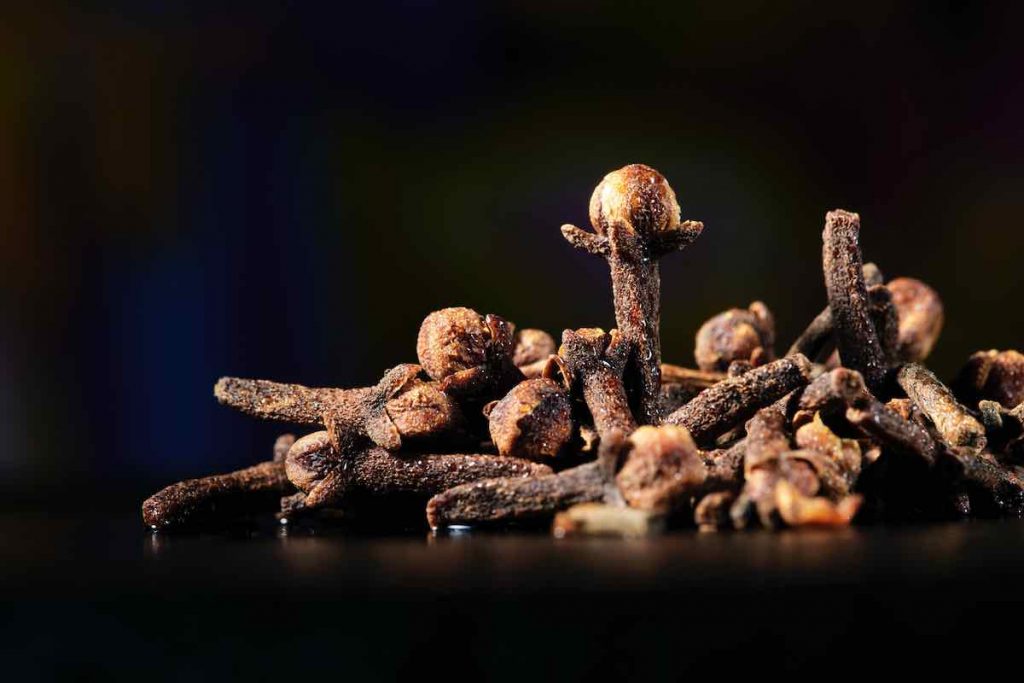
Cardamom
The ‘Queen of Spices’ is the nickname given to cardamom, a spice used in savory and sweet dishes. Sri Lanka is one of the main suppliers of both the white and green varieties of the Cardamom pods.
Cardamom is what gives their delectable dishes that spicy and aromatic flair, like fried fish in a coconut milk sauce with curried eggplant or goat curry with apple chutney. Cardamom pods are used to add flavor; they’re not ground up for cooking but rather steeped as tea leaves after being crushed lightly between fingers into small pieces before steeping them just like any other herbal tea would be prepared.
Green cardamom is used in a variety of Sri Lankan Spicy food. Cardamom is one of the most expensive spices, not as much as – saffron – the most expensive spice from Morocco.
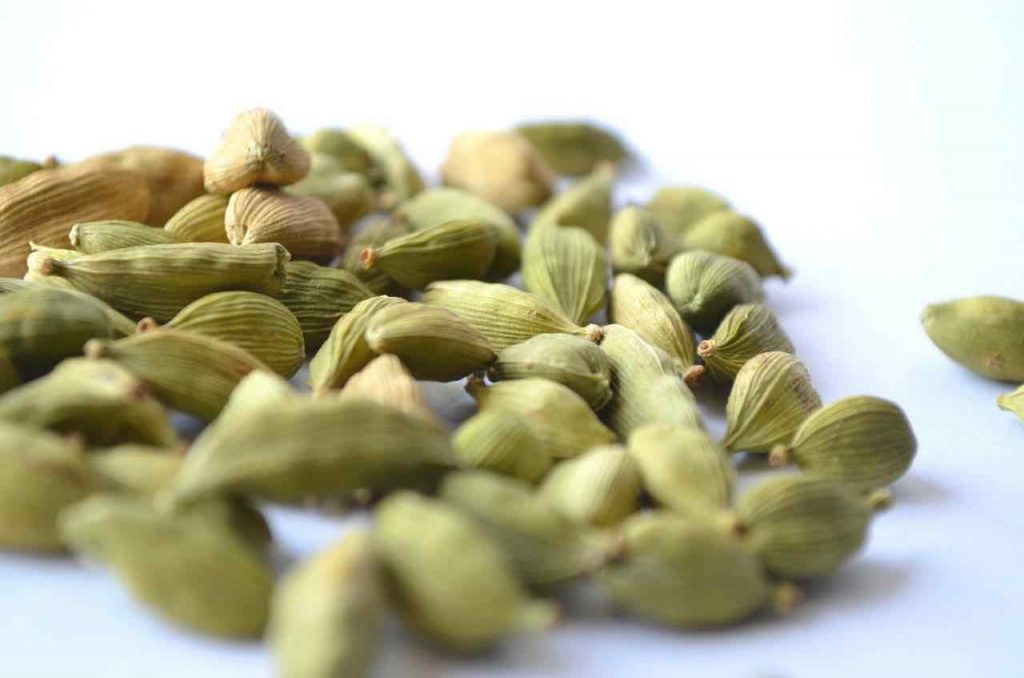
Nutmeg and Mace
Nutmeg and Mace are two spices that come from the same tree, but they have different flavours. Nutmeg is a common spice in Sri Lankan cuisine, while Mace is more popular in European dishes. Nutmeg has an earthy and musty taste with hints of cinnamon. It also has a slightly sweet flavour to it as well. This makes Nutmeg perfect for baking or adding to sauces. The flavor can be intensified by roasting the nutmegs before using them in your recipe (roasting will bring out the natural oils). Mace is the stringy outer coating of the nutmeg seed and has more of a peppery and citrus flavor to it! You might notice this when you use it on vegetables or meat dishes.
Ginger
Ginger is one of the most widely used spices in the world, and it’s a staple in Sri Lankan food and Asian cuisine. Whole ginger roots have a tart flavour with some peppery heat. Ginger can be ground into a fine powder to be used in making desserts or sliced to make ginger tea rich with health benefits. Ginger is found to greatly alleviate digestion problems and nausea, reduce muscle pains and inflammation. It has been found to help with supporting cardiovascular health. The root is a known Antioxidant and has a wide range of health benefits including anti-inflammatory properties.
Turmeric
Turmeric is used in face masks and hair and is also used in curries. The root of this root has plenty of medicinal qualities and gives dishes a wonderful yellow colour and gives them a vivid colour. It is often used to add orange colour to many Sri Lankan Food like curries.
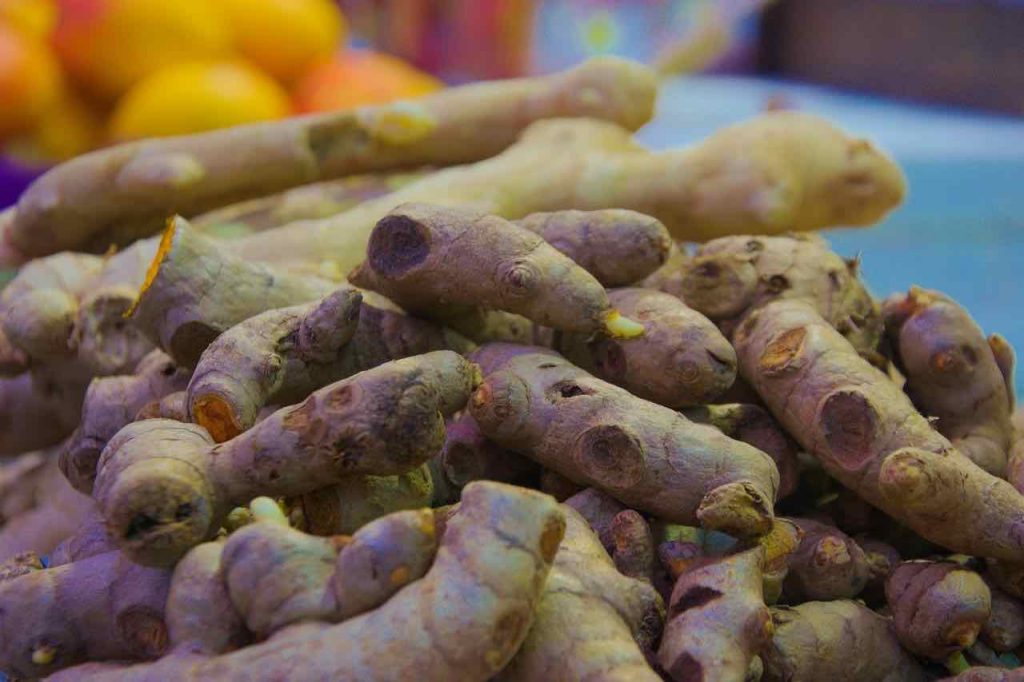
Chilli
Sri Lanka’s famous red chillies are widely used in Sri Lankan dishes. They can be used in almost any dish powdered, sliced or even dried for preservation. Chillies come from a range of colours, sizes and sizes and a variety of colours. Green chillies contain even more dangerous varieties with added zest and extra chillies even more chillies with added flavour. These chillies can also be dried and made for chilli powder for preservation in Sri Lanka or dried for preserving the chillies.
Coriander
For centuries, Coriander has been a popular herb and spice across the world. Coriander seeds are native to Sri Lanka and its popularity there led to a name change from Coriandrum sativum in 1836. The flavor of Corianrdor is slightly lemony with hints of pine, citrus, or peppermint, depending on the variety. Coriander pairs well with other spices, including cumin, cardamom, curry powder, mustard seeds garam masala and more!
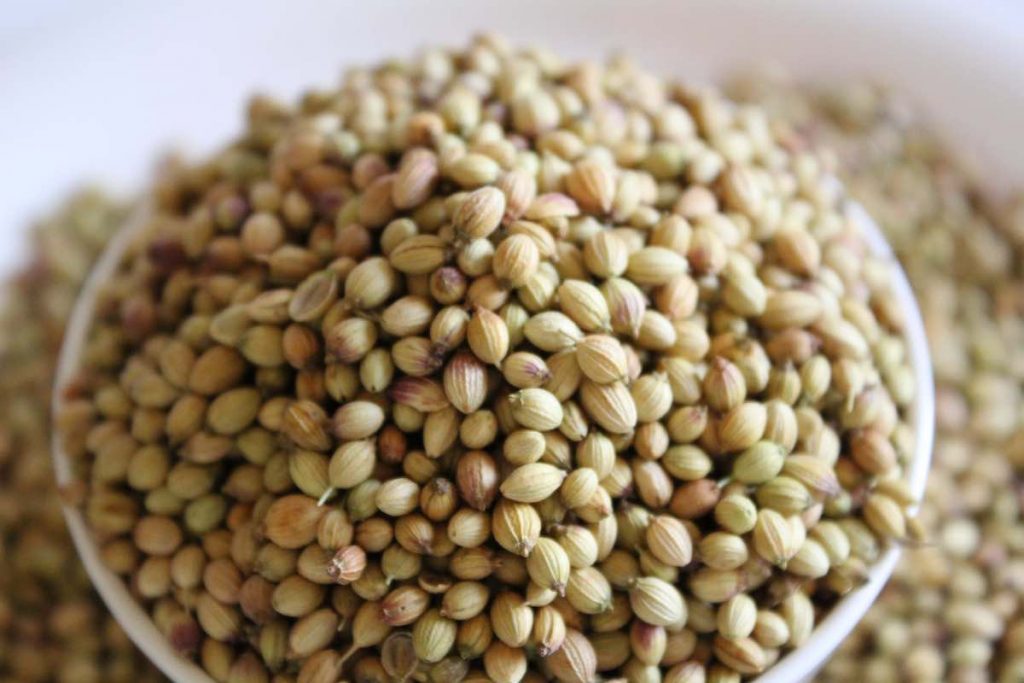
Sri Lankan Curry
Sri Lanka uses whole curry leaves to flavour most curries. They are often inside pies, short meals and sometimes in rice — any good curry must-have curry leaves.
Curry leaves are found in most Sri Lankan home gardens and are thought to have medicinal properties against liver diseases, cholesterol and other diseases. The leaves are an excellent addition to curry-based dishes that dominate Sri Lanka.
Curry leaves give out a strong smell when tempered, making them ideal seasoning for curry dishes. They are most effective when freshly plucked and given good flavour and are grown in many Sri Lankans home gardens, where they produce medicinal products and can be eaten in a variety of varieties of dishes in Sri Lanka’s Eastern cuisines as well as the local dishes, including.
If you are visiting Sri Lanka, you should get the real Sri Lankan curry powder. They are a very good addition to cooking.
Cumin
Cumin is made from the harvested seed of Cuminum Cyminum plants. The most common variety traded around the world is the yellow-brown variety. Toasting the cumin seed seeds has been found to be the most successful way of releasing their warm earthy aroma. Beyond just a taste, elevator cumin has also been used in medicinal properties to aid against diabetes and digestive conditions. It is known to possess distinct properties that help against digestive differences and blood cholesterol furthering delicate disgusting and blood cholesterol or diseases.
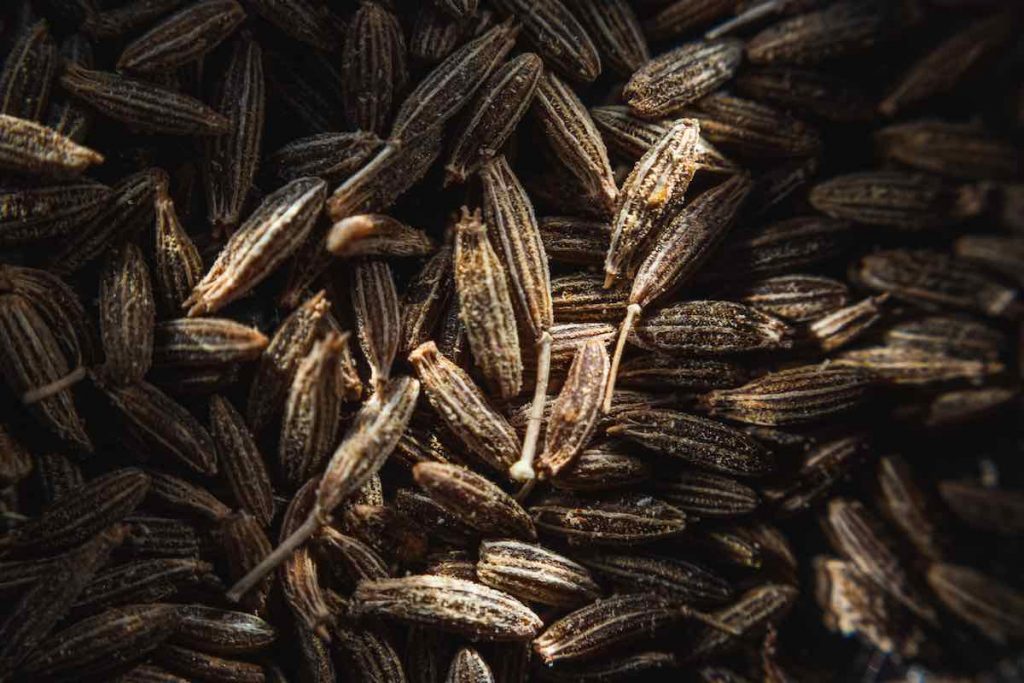
Fenugreek seeds
Fenugreek is a plant that has been used in cooking, cosmetics and medicine thanks to its unique properties. Fenugreek seeds relieve the symptoms of peptic ulcer disease and lower blood sugar levels. It has gained fame in cosmetology as an antidote to hair loss. In turn, in the kitchen, it acts as an aromatic spice. Fenu Seeds have a bitter taste as opposite to Fennel seeds which have a sweet taste.
Lemongrass (Sera)
Lemongrass is an essential oil that produces an odour similar to that of lemon. The herb is used in Sri Lankan cooking where its lower bulbous portions are used, pounded or cut into slices. It is one of the widely used herbs in Sri Lanka cooking and acts as a diuretic, tonic or stimulant. Also exhibits other medicinal properties such as an insect repellant or as a tonic, stimulant, and is often utilized in recipes for meat and savoury dishes. Its name is derived from the herb which is used to produce an essential oil called lemongrass and the plant has many culinary properties.
Sri Lankan Spices Conclusion
The Spices from Sri Lankan are a great way to add flavor and spice to your dishes. They come in different shapes, sizes, colors and flavours which can be used for all types of recipes. We didn’t write about all the Spices from Sri Lanka as there are many other spices but we hope you’ve enjoyed our article and if you didn’t manage to buy them during your trip to Sri Lanka you can always order them here.
Spices of Sri Lanka – Pin It for later



Privacy Policy Disclaimer
This website uses affiliate links for income and support.
If you like our website, please consider using these links. You will be directed to the vendor, and we will get a small commission on your purchase price at no increased cost to you.
We have researched facts stated here as far as practicable but please check anything critical before committing your time and money. We do not claim any special knowledge or expertise, and we are not consultants for our readers.